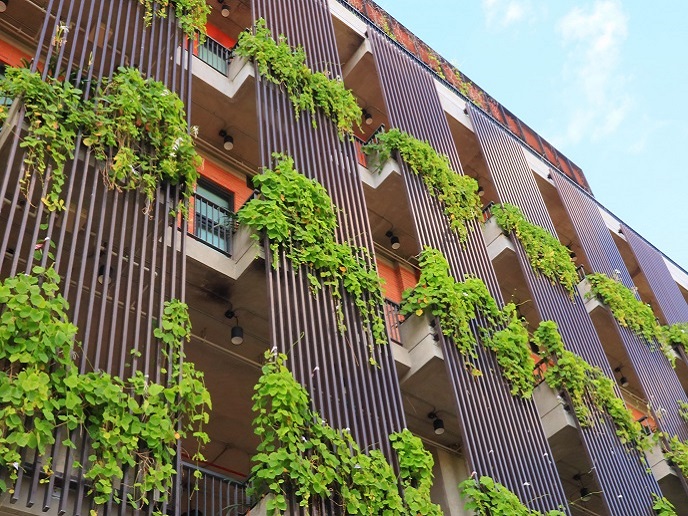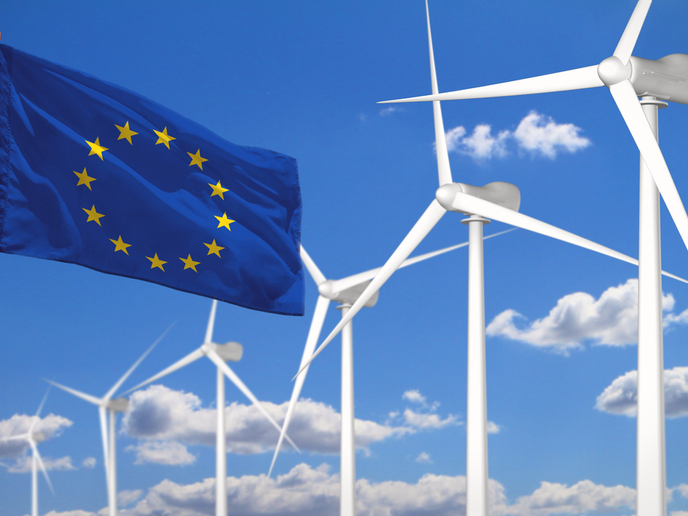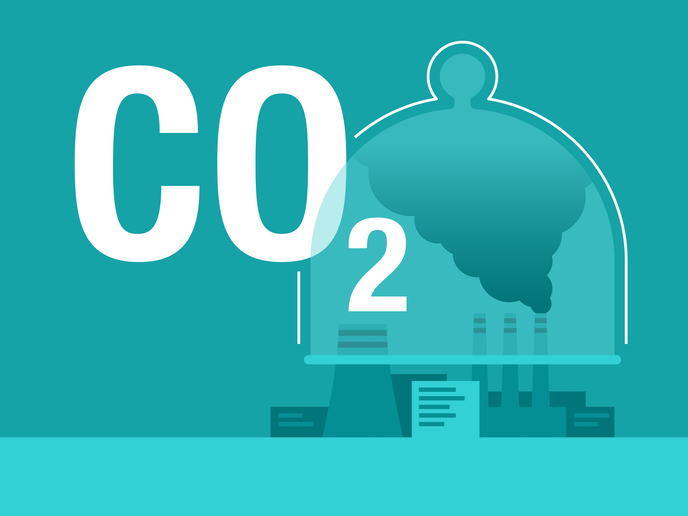Making Europe’s cities smarter and greener
Cities must play a pivotal role in combating climate change. Urban areas use large quantities of energy and create similarly high CO2 emissions. Yet their high population density also creates opportunities for large gains when retrofitting buildings, developing smart mobility services and using integrated computer systems across the cities. The SmartEnCity project started with a vision to create ‘Smart Zero Carbon Cities’: carbon-neutral urban areas across Europe. Beyond carrying out activities in urban centres to reduce energy demand, the team also designed ‘Cities4Zero’, a systemic approach that helps others replicate the SmartEnCity approach across European cities. The measures delivered during the SmartEnCity project all aimed at reducing energy demand and maximising the supply of renewable energies. Coordinated by TECNALIA Research and Innovation in Spain, SmartEnCity involved 38 partners from six European countries. The project had the ambition of creating cities that are more sustainable and inclusive, delivering higher quality of life to citizens and generating more opportunities for jobs and wealth. “Under this seemingly straightforward set of goals lies the intention to empower citizens to be active actors in urban transformation,” says Francisco Rodriguez, SmartEnCity project coordinator. “The transition of cities towards climate neutrality needs to be driven by aware citizens as much as by traditional urban decision makers.” The project, which lasted six years, retrofitted over 1 800 homes in 95 buildings. The various activities of SmartEnCity brought benefits for nearly 30 000 citizens, and collectively reduced greenhouse gas emissions equivalent to over 11 000 tonnes of CO2 per year.
Smart Zero Carbon Cities
The SmartEnCity concept was designed and implemented in three Lighthouse Cities: Vitoria-Gasteiz in Spain, Tartu in Estonia and Sønderborg in Denmark. In Vitoria-Gasteiz for example, one of the city’s most vulnerable neighbourhoods, Coronación, had 302 dwellings across 26 residential buildings renovated to improve their energy efficiency and aesthetics. At the same time, a biomass heating network was deployed in the city to reduce energy prices, while the introduction of 13 new electric buses made the city’s public transport more sustainable. In Tartu, a new district cooling system using heat pumps was installed – it uses residual heat from cooling to generate heat for almost 700 apartments. An LED smart street light control system replaced hundreds of old, inefficient lamps, a city-wide electric bike sharing system was installed and the city purchased over 60 new buses powered by biogas. In Sønderborg, seven of the city’s social housing departments are being retrofitted to reduce energy consumption, in addition to solar cell plants twinned with battery storage being fitted in multi-apartment buildings. These Lighthouse Cities all introduced smart digital infrastructure to not only provide useful data on energy use, but also integrate the various new systems as part of a comprehensive whole. “The fact that SmartEnCity’s three Lighthouse Cities went on to be selected for the EU-funded Mission for Climate-Neutral and Smart Cities, and that recently two of them have been amongst the first ten cities awarded the EU Mission Label for cities, is an achievement that makes the whole project team very proud,” adds Rodríguez.
Spreading sustainable practices across Europe
The SmartEnCity process has already been replicated in two ‘follower cities’: Lecce in Italy and Asenovgrad in Bulgaria. To encourage the SmartEnCity Network to spread further, the team also developed a series of tools, reports, scientific papers and videos on how other cities can transition to more sustainable and resource-efficient urban areas. This includes the SmartEnKIT, which compiles all lessons from Lighthouse Cities into a replication toolkit. With this online resource, the project aims to continue its successful work by inspiring other small and medium-sized European cities to progress along the road to a carbon-free future.
Keywords
SmartEnCity, sustainable, cities, transformation, zero carbon, retrofit, neighbourhoods, heat pumps, LED, electric, transport







